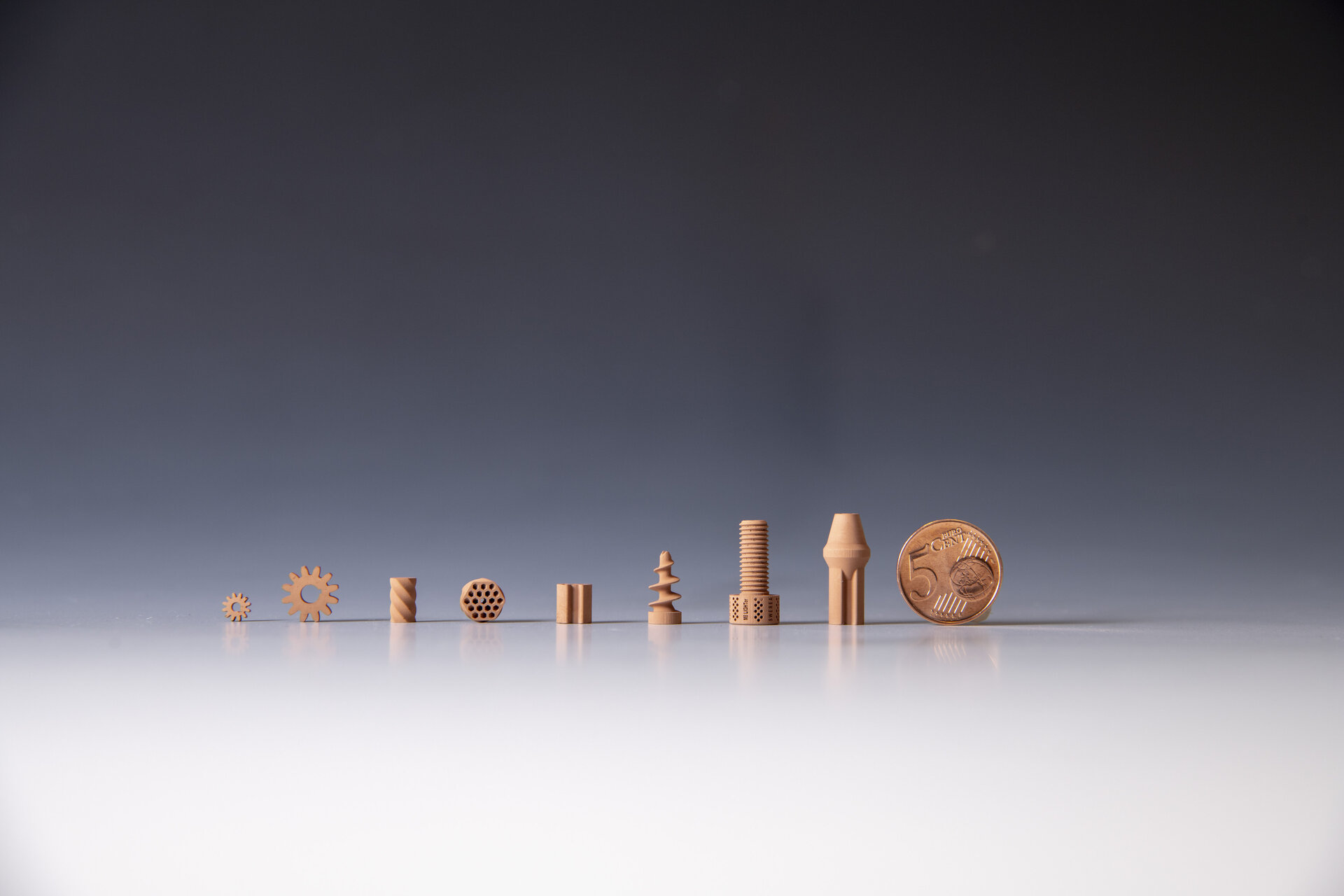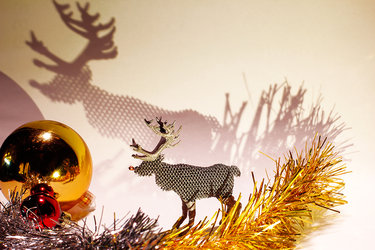Accept all cookies Accept only essential cookies See our Cookie Notice

About ESA
The European Space Agency (ESA) is Europe’s gateway to space. Its mission is to shape the development of Europe’s space capability and ensure that investment in space continues to deliver benefits to the citizens of Europe and the world.
Highlights
ESA - United space in Europe
This is ESA ESA facts Member States & Cooperating States Funding Director General Top management For Member State Delegations European vision European Space Policy ESA & EU Space Councils Responsibility & Sustainability Annual Report Calendar of meetings Corporate newsEstablishments & sites
ESA Headquarters ESA ESTEC ESA ESOC ESA ESRIN ESA EAC ESA ESAC Europe's Spaceport ESA ESEC ESA ECSAT Brussels Office Washington OfficeWorking with ESA
Business with ESA ESA Commercialisation Gateway Law at ESA Careers Cyber resilience at ESA IT at ESA Newsroom Partnerships Merchandising Licence Education Open Space Innovation Platform Integrity and Reporting Administrative Tribunal Health and SafetyMore about ESA
History ESA Historical Archives Exhibitions Publications Art & Culture ESA Merchandise Kids Diversity ESA Brand Centre ESA ChampionsLatest
Space in Member States
Find out more about space activities in our 23 Member States, and understand how ESA works together with their national agencies, institutions and organisations.
Science & Exploration
Exploring our Solar System and unlocking the secrets of the Universe
Go to topicAstronauts
Missions
Juice Euclid Webb Solar Orbiter BepiColombo Gaia ExoMars Cheops Exoplanet missions More missionsActivities
International Space Station Orion service module Gateway Concordia Caves & Pangaea BenefitsLatest
Space Safety
Protecting life and infrastructure on Earth and in orbit
Go to topicAsteroids
Asteroids and Planetary Defence Asteroid danger explained Flyeye telescope: asteroid detection Hera mission: asteroid deflection Near-Earth Object Coordination CentreSpace junk
About space debris Space debris by the numbers Space Environment Report In space refuelling, refurbishing and removingSafety from space
Clean Space ecodesign Zero Debris Technologies Space for Earth Supporting Sustainable DevelopmentApplications
Using space to benefit citizens and meet future challenges on Earth
Go to topicObserving the Earth
Observing the Earth Future EO Copernicus Meteorology Space for our climate Satellite missionsCommercialisation
ESA Commercialisation Gateway Open Space Innovation Platform Business Incubation ESA Space SolutionsLatest
Enabling & Support
Making space accessible and developing the technologies for the future
Go to topicBuilding missions
Space Engineering and Technology Test centre Laboratories Concurrent Design Facility Preparing for the future Shaping the Future Discovery and Preparation Advanced Concepts TeamSpace transportation
Space Transportation Ariane Vega Space Rider Future space transportation Boost! Europe's Spaceport Launches from Europe's Spaceport from 2012Latest

3D-printed ceramic parts made from lunar regolith
Thank you for liking
You have already liked this page, you can only like it once!
These finely-detailed ceramic parts have been 3D printed using simulated lunar regolith as part of an ESA-led investigation into how 3D printing could be used to support a lunar base.
“These parts have the finest print resolution ever achieved with objects made of regolith simulant, demonstrating a high level of print precision and widening the range of uses such items could be put to,” comments ESA materials engineer Advenit Makaya. “If one needs to print tools or machinery parts to replace broken parts on a lunar base, precision in the dimensions and shape of the printed items will be vital.
“They are the work of innovative Austrian company Lithoz, working on 3D printed ceramics.
“Normally their print process is based on materials such as aluminium oxide, zirconium oxide or silicon nitride. What we’ve demonstrated here is that it can also work with raw regolith, which is a collection of various different types of oxides, chiefly silicon oxide but also aluminium, calcium and iron oxides, among others.”
Ground and sieved down to particle size, the regolith grains are mixed with a light-reacting binding agent, laid down layer-by-layer then hardened by exposing them to light. The resulting printed part is then ‘sintered’ in an oven to bake it solid.
Johannes Homa, CEO of Lithoz added: “Thanks to our expertise in the additive manufacturing of ceramics, we were able to achieve these results very quickly. We believe there’s a huge potential in ceramic additive manufacturing for the Moon.”
As a next step, the parts will be tested to check their strength and mechanical properties, with the idea that similar parts could one day be employed to replace parts in a lunar base without requiring replacements from Earth.
This work was carried out as part of the URBAN project, supported through ESA’s Discovery and Preparation Programme.
-
CREDIT
ESA–G. Porter -
LICENCE
CC BY-SA 3.0 IGO or ESA Standard Licence
(content can be used under either licence)

3D-printed bottle opener made with stainless steel

3D-printed block of moondust

3D-printed magic Moon garden design

3D printed Rudolf















 Germany
Germany
 Austria
Austria
 Belgium
Belgium
 Denmark
Denmark
 Spain
Spain
 Estonia
Estonia
 Finland
Finland
 France
France
 Greece
Greece
 Hungary
Hungary
 Ireland
Ireland
 Italy
Italy
 Luxembourg
Luxembourg
 Norway
Norway
 The Netherlands
The Netherlands
 Poland
Poland
 Portugal
Portugal
 Czechia
Czechia
 Romania
Romania
 United Kingdom
United Kingdom
 Slovenia
Slovenia
 Sweden
Sweden
 Switzerland
Switzerland


























